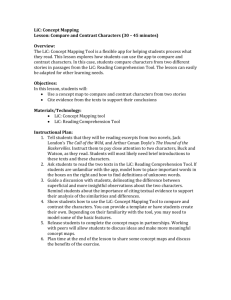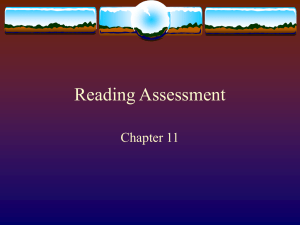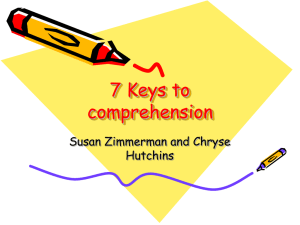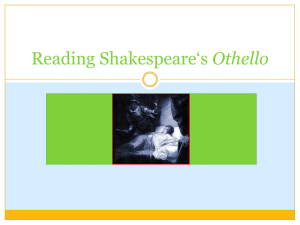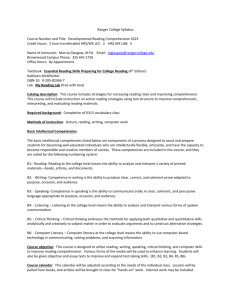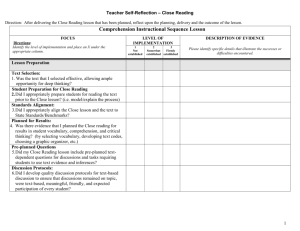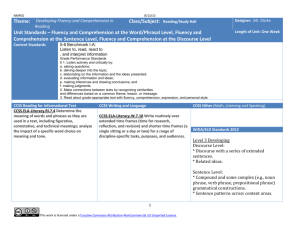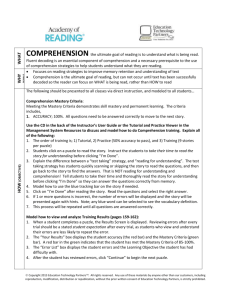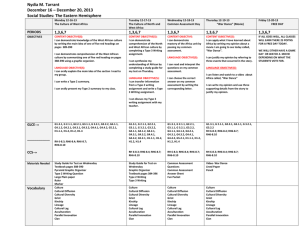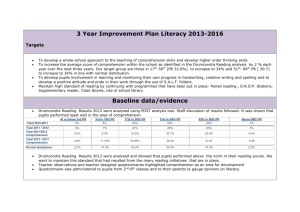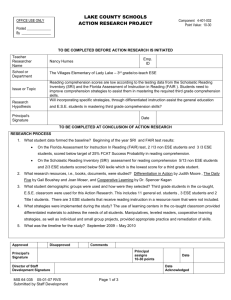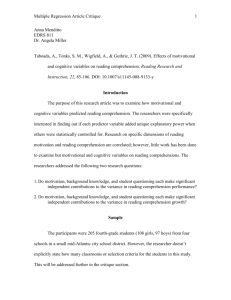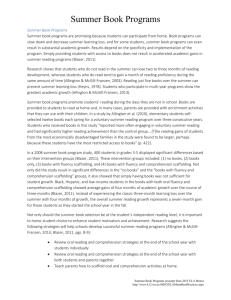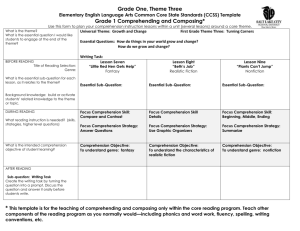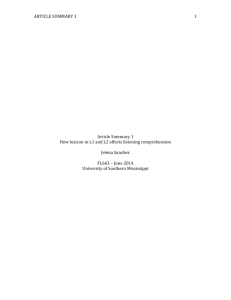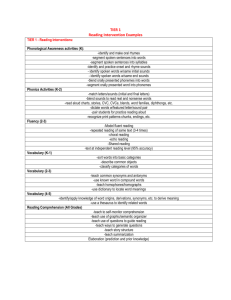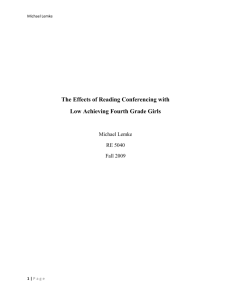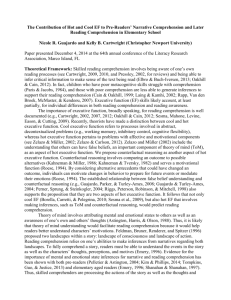lesson plan - K
advertisement
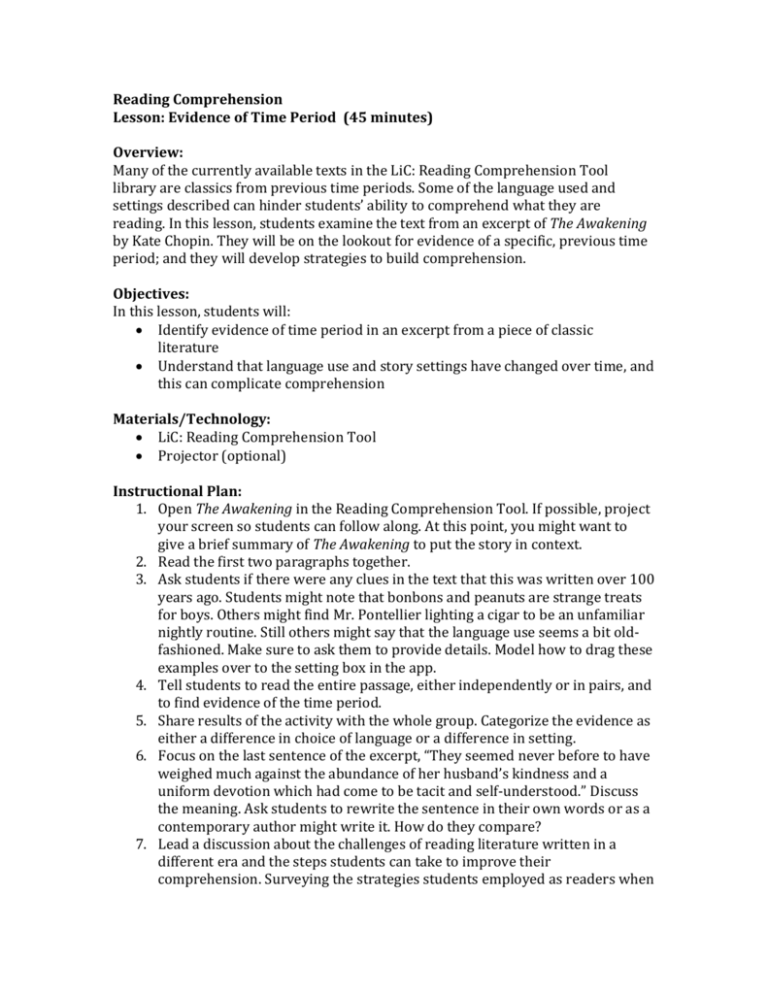
Reading Comprehension Lesson: Evidence of Time Period (45 minutes) Overview: Many of the currently available texts in the LiC: Reading Comprehension Tool library are classics from previous time periods. Some of the language used and settings described can hinder students’ ability to comprehend what they are reading. In this lesson, students examine the text from an excerpt of The Awakening by Kate Chopin. They will be on the lookout for evidence of a specific, previous time period; and they will develop strategies to build comprehension. Objectives: In this lesson, students will: Identify evidence of time period in an excerpt from a piece of classic literature Understand that language use and story settings have changed over time, and this can complicate comprehension Materials/Technology: LiC: Reading Comprehension Tool Projector (optional) Instructional Plan: 1. Open The Awakening in the Reading Comprehension Tool. If possible, project your screen so students can follow along. At this point, you might want to give a brief summary of The Awakening to put the story in context. 2. Read the first two paragraphs together. 3. Ask students if there were any clues in the text that this was written over 100 years ago. Students might note that bonbons and peanuts are strange treats for boys. Others might find Mr. Pontellier lighting a cigar to be an unfamiliar nightly routine. Still others might say that the language use seems a bit oldfashioned. Make sure to ask them to provide details. Model how to drag these examples over to the setting box in the app. 4. Tell students to read the entire passage, either independently or in pairs, and to find evidence of the time period. 5. Share results of the activity with the whole group. Categorize the evidence as either a difference in choice of language or a difference in setting. 6. Focus on the last sentence of the excerpt, “They seemed never before to have weighed much against the abundance of her husband’s kindness and a uniform devotion which had come to be tacit and self-understood.” Discuss the meaning. Ask students to rewrite the sentence in their own words or as a contemporary author might write it. How do they compare? 7. Lead a discussion about the challenges of reading literature written in a different era and the steps students can take to improve their comprehension. Surveying the strategies students employed as readers when they encountered the word “peignoir” might be a good starting point for this discussion. Sample Image: Assessment Strategies: Ask students to submit a screenshot of the evidence they found. Create a rubric for self-assessment of comprehension of new vocabulary. Standards: This lesson is designed to address the following Common Core State Standards: CCSS.ELA-Literacy.RL.8.2,4 CCSS.ELA-Literacy.L8.5,6 Next Steps: Extend student learning by guiding research into how language use has changed in the past 100 years. This lesson would also be an effective lead-in to a more in-depth project, Diagramming Changes in Human Condition through Literature.




